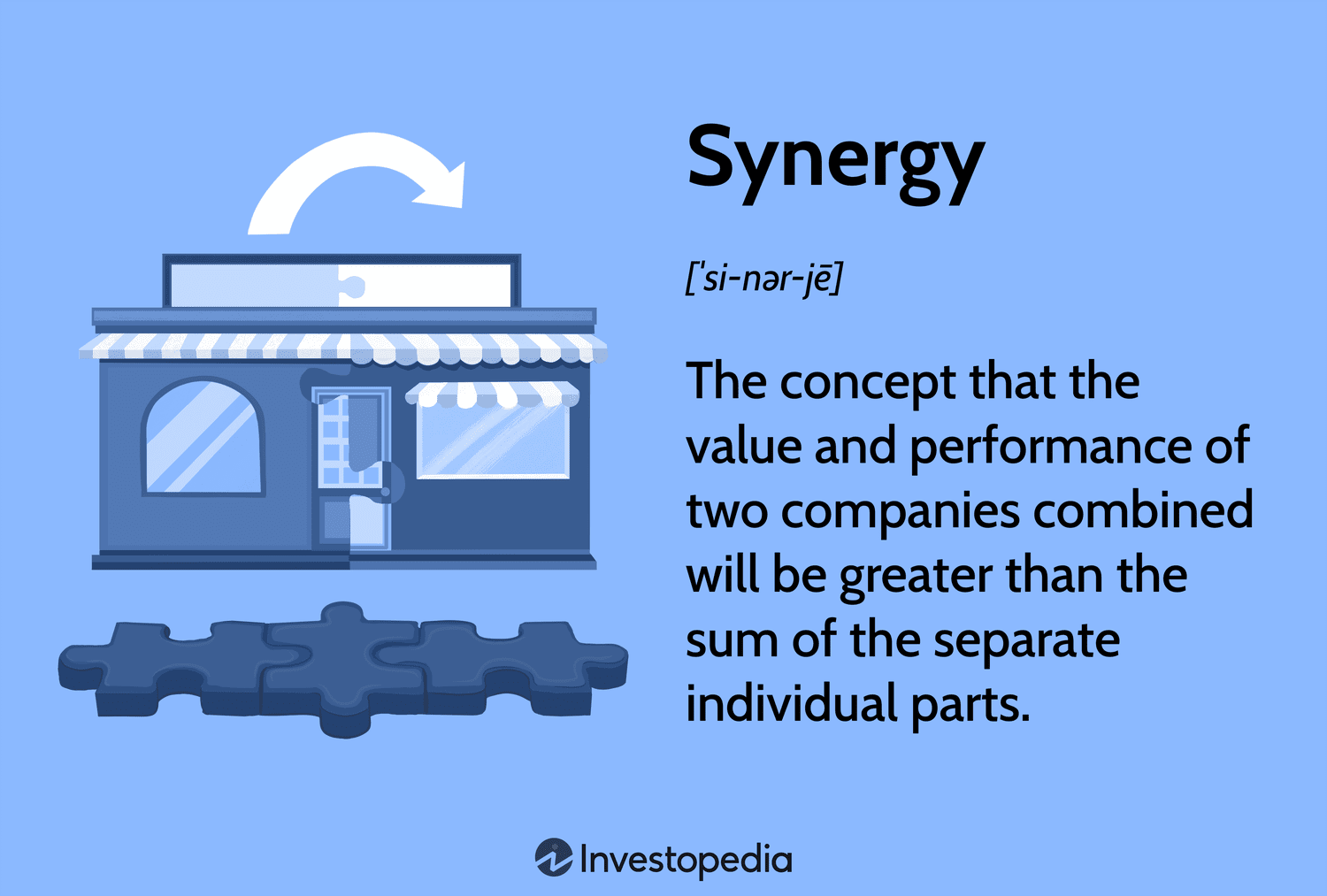In today’s competitive business environment, the success of an organization often hinges on its ability to integrate its business processes with strategic financial planning seamlessly. This synergy is crucial for ensuring that a company’s operations are efficient and aligned with its long-term financial goals. By carefully coordinating these two aspects, businesses can optimize resource allocation, enhance decision-making, and achieve sustainable growth. In this article, we will explore how integrating business processes with financial planning, including the effective use of savings accounts, can drive success across various aspects of a company’s operations.
Aligning Operational Efficiency with Financial Goals
One of the primary benefits of integrating business processes with financial planning is the ability to align operational efficiency with overarching financial goals. “When business processes—such as production, sales, and customer service—are designed with financial outcomes in mind, companies can better manage costs and maximize profitability. For instance, a business can lower its operational costs by streamlining supply chain processes and reducing waste, contributing to higher profit margins. These savings can then be strategically deposited into a high-yield business savings account, where they can earn interest and further strengthen the company’s financial position.” says Gemma Hughes, Global Marketing Manager at iGrafx
Strategic Resource Allocation
Effective financial planning enables businesses to allocate resources more strategically, ensuring that capital is directed toward areas with the most significant potential for return on investment. By understanding the economic implications of each business process, companies can make informed decisions about where to invest, whether in new technologies, marketing initiatives, or human resources.
Sam Hodgson, Head of Editorial at ISA.co.uk, explains, “Maintaining a dedicated business savings account is a crucial aspect of financial planning. It allows companies to set aside funds for future investments and ensures they have the necessary liquidity to capitalize on emerging opportunities. In today’s fast-paced market, having accessible savings means that businesses can act quickly and confidently when a promising investment or expansion opportunity presents itself. This proactive approach to resource allocation keeps businesses competitive and agile, allowing them to navigate economic shifts with greater resilience.”
Enhancing Decision-Making with Financial Insights
“Integrating business processes with financial planning also enhances decision-making by providing managers and executives with a clear understanding of the financial impact of their actions. When financial data is closely tied to business operations, leaders can make more informed decisions that align with the company’s financial objectives. For example, a decision to expand into a new market can be better evaluated when the company’s overall financial plan clearly understands the associated costs and potential revenue. Savings accounts can play a key role in this process, serving as a financial buffer that allows the company to undertake such expansions without jeopardizing its financial stability.” says Megan Crawley, Marketing and Communications Manager at RCK Partners
Risk Management and Financial Stability
Every business faces risks from market fluctuations, economic downturns, or unforeseen operational challenges. Companies can better anticipate and manage these risks by integrating business processes with financial planning. For instance, a company that closely monitors its cash flow and has a robust financial plan is better equipped to navigate periods of low revenue or unexpected expenses. A well-funded business savings account can provide a crucial safety net during these times, allowing the company to continue operations without resorting to costly emergency loans or credit lines. This risk management approach protects the company’s financial health and ensures long-term sustainability.
Conclusion
The synergy between business processes and financial planning is essential for achieving operational efficiency, strategic resource allocation, informed decision-making, and effective risk management. By aligning these two aspects, businesses can create a strong foundation for growth and long-term success. Incorporating savings accounts into this strategy further enhances financial stability, providing a secure place for companies to store and grow their capital. In a world where financial resilience is vital to survival, businesses that master the integration of processes and planning are well-positioned to thrive in any economic environment.

